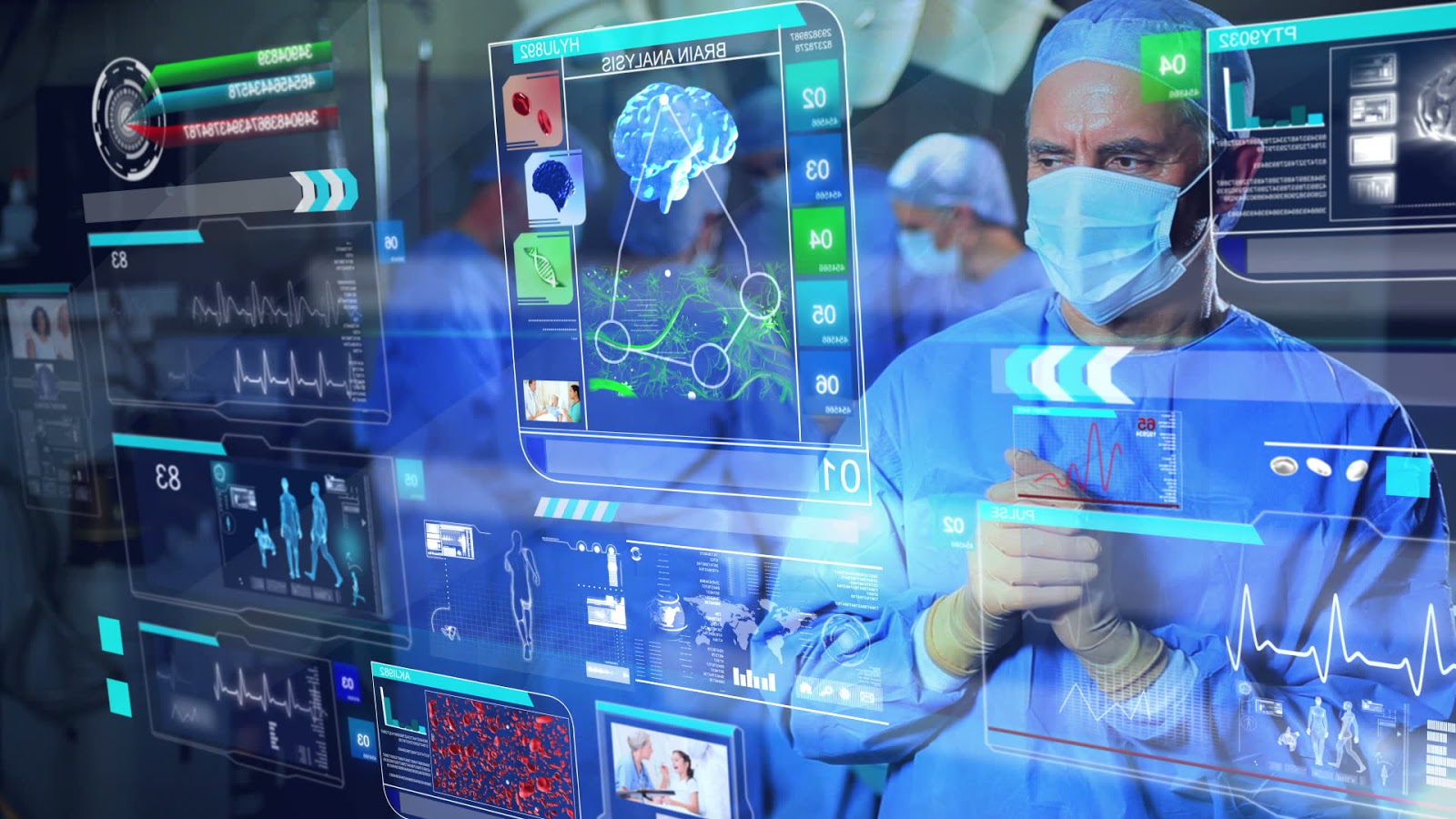Healthcare sector is currently undergoing intense flux. There is an exponential growth in medical transactions coupled with immense advancements in medical technology, pharmaceuticals and patient care. Consequently, hospitals are no longer viewed as confrontation corners for contending parties (medical staff, sick people and caretakers). Rather they are perceived as healthcare facilities designed for personalized patient treatment.
This paradigm shift in expectations is fueling hospital architecture design & planning for transforming hospital services from ‘healthcare’ to ‘human care’. Consequently, healthcare providers must rethink the concept of care-delivery to pay utmost attention and priority to patient needs.
This paradigm shift in expectations is fueling hospital architecture design & planning for transforming hospital services from ‘healthcare’ to ‘human care’. Consequently, healthcare providers must rethink the concept of care-delivery to pay utmost attention and priority to patient needs.
Prevailing Trends
Currently some key trends are revamping the entire spectrum of hospital infrastructure and management. Therefore, future hospitals must be thoroughly equipped for
- Increase in volumes of outpatient care and decrease of in-patient volumes
- Reserving hospitals for catering to needs of mostly acute-care patients
- Distantly monitoring less critical patients or those with lifetime chronic ailments with healthcare sensors, wearable diagnostic devices and telemedicine
- Increasing rise of consumerism and requirement of retail clinics
- Redesigning and aligning the care process proactively for enhancing patient experience and delight
- Ensuring extensive collaboration and co-ordination between all healthcare stakeholders to improve standards
Factors determining Futuristic Hospital Architecture
- Flexibility and scalability of medical processes, devices and hospital areas is crucial. Substantial investments have been made already and scope for renovation is limited. Making treatment rooms and structural systems adaptable to technology, mechanical systems fool-proof from security threats, data systems scalable and individual spaces multi-functional are some such measures.
- Promoting technology driven design wherein role of system integration and information technology cannot be undermined. The entire hospital building must be capable of handling ‘plug and play’ integration.
- Design will play a significant role since today’s patients consciously make informed healthcare decisions. So it is important to balance financial constraints with elements of choice and involve hospital staff in designing. Hospitals must deliver noticeable services that cater to human needs in quality environments. This ensures patient satisfaction and medical staff retention.
- Enabling higher precision in levels of care as hospitalized patients will need greater support systems. Hospital design must be adaptable to handle this transformation with outpatient clinics needing greater efficiency and streamlining for handling significant volumes and inpatient zones needing higher acuity levels for treating critical patients.
- Equipping outpatient spaces for higher efficiency as major population chooses to live in healthier environments minimizing frequent hospital visits. The business model should support better improvements in patient reception and tracking, telehealth facilities and technology- enabled ambulatory services.
- Ensuring hospital facility repurposing is important for seamless integration with technology modifications and information technology advancements. This reduces financial commitments and fosters reusability of viable facilities.
Healthcare Consulting Firms(HCF), with their professional expertise, can help in planning such futuristic healthcare campuses and also guide in the installation and maintenance of medical equipments.
Some Patient Friendly Measures
- Amiable ambience with pleasant colours, lighting and round consultation tables
- Online access to patient health records and live medical chats
- Special lighting effects, decorations and playful toys in kid treatment zones for distraction
- Spacious therapy rooms and lively corridors for socialisation of caretakers with physicians
- Comfortable patient-seats for better mobility and reduced bed-confinement
- Greener environments for quick healing
- Minimal waiting times by cognitive computers
- Hi-tech devices for entertainment and patient education
- Usage of robotics for performing repetitive tasks
Indeed, Futuristic Hospitals are meant to be truly optimistic and life giving spaces that facilitate ‘patient empowerment’. Though this gives a boost to healthcare industry, both hospital architecture and hospital infrastructure planning must fully adapt itself to accelerate this goal.







0 comments:
Post a Comment